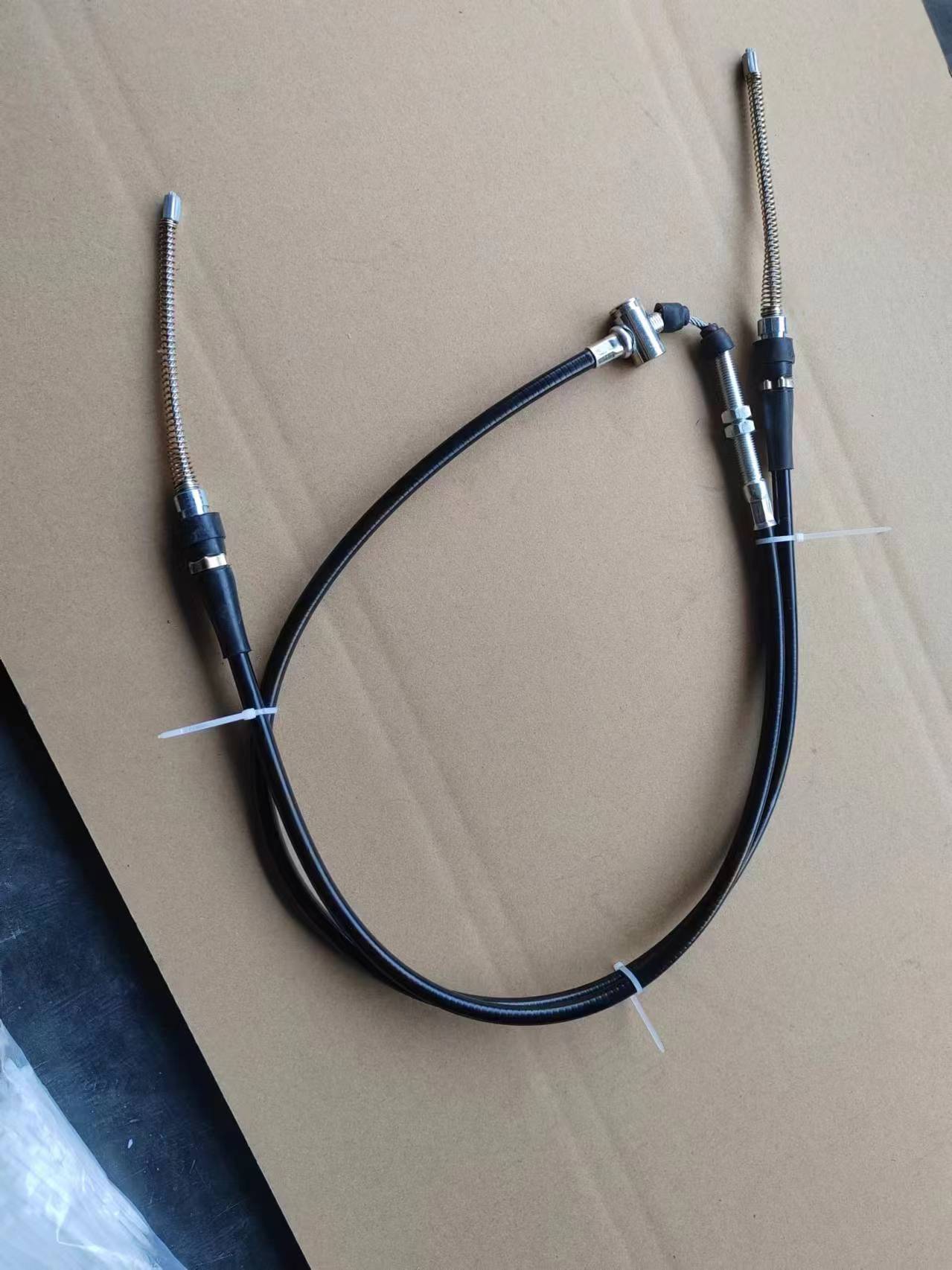Throttle Cable Connection System for Efficient Vehicle Performance and Control
Understanding Throttle Cable Linkage Importance and Functionality
Throttle cable linkage is an integral component of many vehicles, particularly those equipped with internal combustion engines. This system plays a crucial role in controlling engine power and efficiency, directly impacting vehicle performance and drivability. In this article, we will explore the significance of throttle cable linkage, its working principles, and maintenance tips for ensuring optimal functionality.
What is Throttle Cable Linkage?
Throttle cable linkage comprises a set of cables and mechanical linkages that connect the accelerator pedal to the throttle body of an engine. When a driver presses the accelerator pedal, the linkage transmits this input to the throttle, which regulates the airflow and fuel mixture entering the engine. By adjusting the throttle opening, the engine can respond to varying driving conditions, providing the necessary power to accelerate or maintain speed.
How Throttle Cable Linkage Works
The operation of throttle cable linkage is relatively straightforward. When the accelerator pedal is depressed, it pulls the throttle cable, which is attached to a throttle valve within the throttle body. This valve opens to allow more air into the engine, thereby increasing the power output. Conversely, releasing the accelerator pedal causes the throttle valve to close, reducing airflow and subsequently engine power.
The throttle cable system, typically made from sturdy materials like nylon or stainless steel, utilizes a pulley mechanism to ensure smooth and precise movements. In modern vehicles, electronic throttle control (ETC) systems are becoming increasingly common. However, many older models still rely on traditional throttle cable linkages, which require regular maintenance to avoid wear and tear.
Importance of Properly Functioning Throttle Cable Linkage
A well-functioning throttle cable linkage is essential for several reasons
1. Vehicle Performance A responsive throttle system ensures that the vehicle accelerates smoothly and predictably. Any delay or hesitation in throttle response can lead to an unsatisfactory driving experience.
2. Fuel Efficiency Proper control of the throttle can lead to better fuel efficiency. A malfunctioning linkage that fails to fully open or close the throttle can result in excessive fuel consumption or inefficient power delivery.
throttle cable linkage

3. Safety In critical driving situations, such as merging onto a highway or overtaking another vehicle, a responsive throttle is vital. Delayed acceleration due to linkage issues can compromise safety.
4. Compliance with Emissions Regulations A malfunctioning throttle can lead to poor fuel combustion, resulting in increased emissions. Properly maintained throttle cable linkage ensures that the vehicle runs cleanly and complies with environmental regulations.
Maintenance of Throttle Cable Linkage
To keep the throttle cable linkage in optimal condition, regular maintenance is necessary. Here are a few tips
1. Inspect for Wear Regularly check the throttle cable for signs of fraying, kinks, or damage. Any visible defects should be addressed immediately to prevent potential failure.
2. Lubrication Lubricating the throttle cable and its associated components can help reduce friction and wear. Use a recommended lubricant and ensure that the cable moves freely.
3. Adjustments If you notice any slack in the throttle cable, it may need adjustment. Refer to the owner's manual for specific instructions, as proper adjustment is crucial for maintaining throttle response.
4. Cleaning Accumulation of dirt and debris can affect the functionality of throttle linkage. Regularly clean the throttle body and surrounding components to ensure proper airflow and response.
5. Professional Inspections If you experience any issues with acceleration or vehicle performance, it’s advisable to have a professional inspect the throttle cable linkage. They can diagnose issues accurately and suggest repairs or replacements as necessary.
Conclusion
In conclusion, throttle cable linkage is a fundamental component that plays a significant role in vehicle performance and safety. Understanding its function and maintaining it properly can lead to a smoother driving experience, better fuel efficiency, and compliance with emissions standards. Whether you are a seasoned mechanic or a novice driver, recognizing the importance of this system is crucial for ensuring your vehicle operates at its best.
-
Workings of Clutch Pipe and Hose SystemsNewsJun.04,2025
-
The Inner Workings of Hand Brake Cable SystemsNewsJun.04,2025
-
The Secrets of Throttle and Accelerator CablesNewsJun.04,2025
-
The Hidden Lifeline of Your Transmission Gear Shift CablesNewsJun.04,2025
-
Demystifying Gear Cables and Shift LinkagesNewsJun.04,2025
-
Decoding Clutch Line Systems A Comprehensive GuideNewsJun.04,2025
